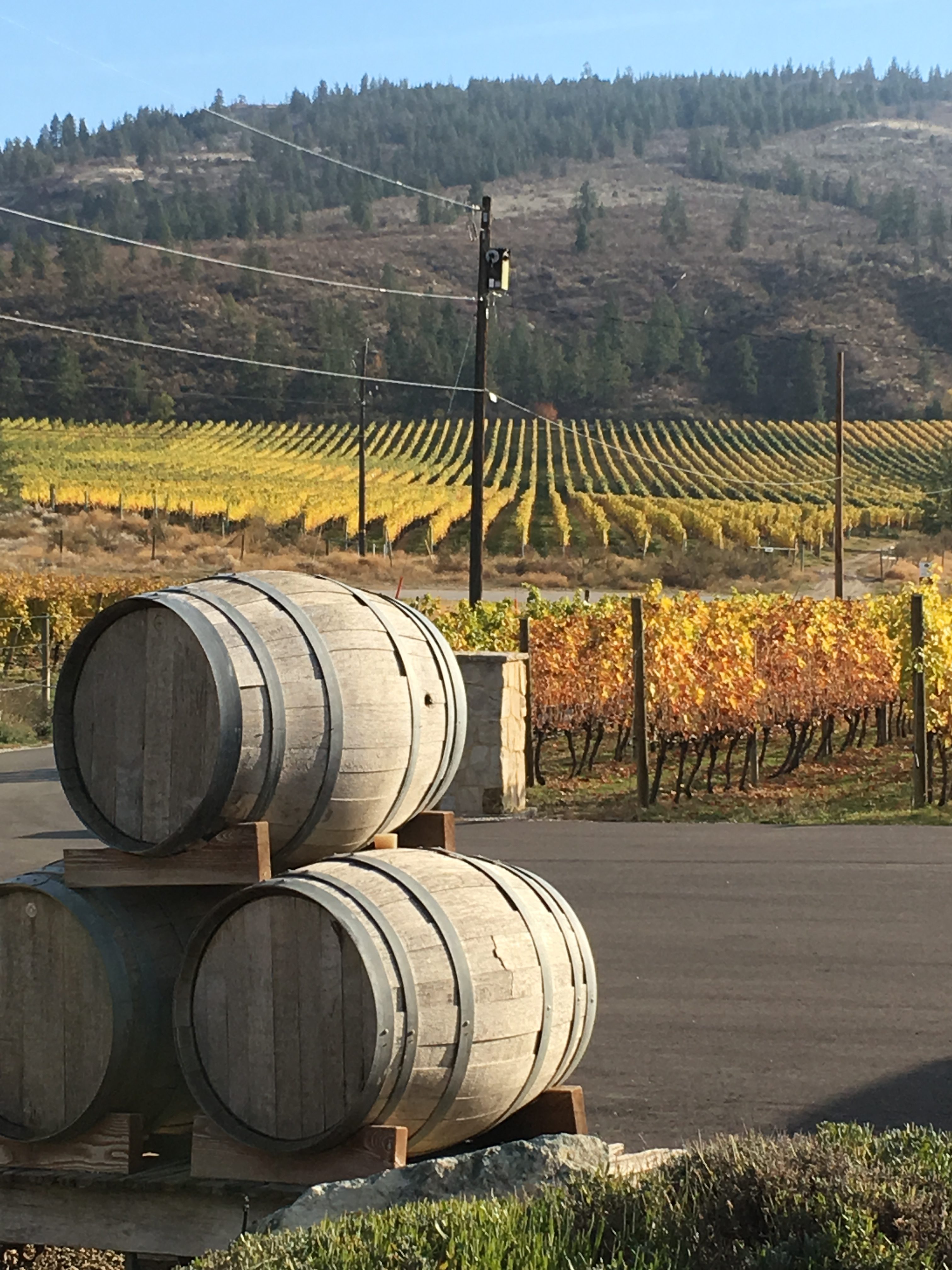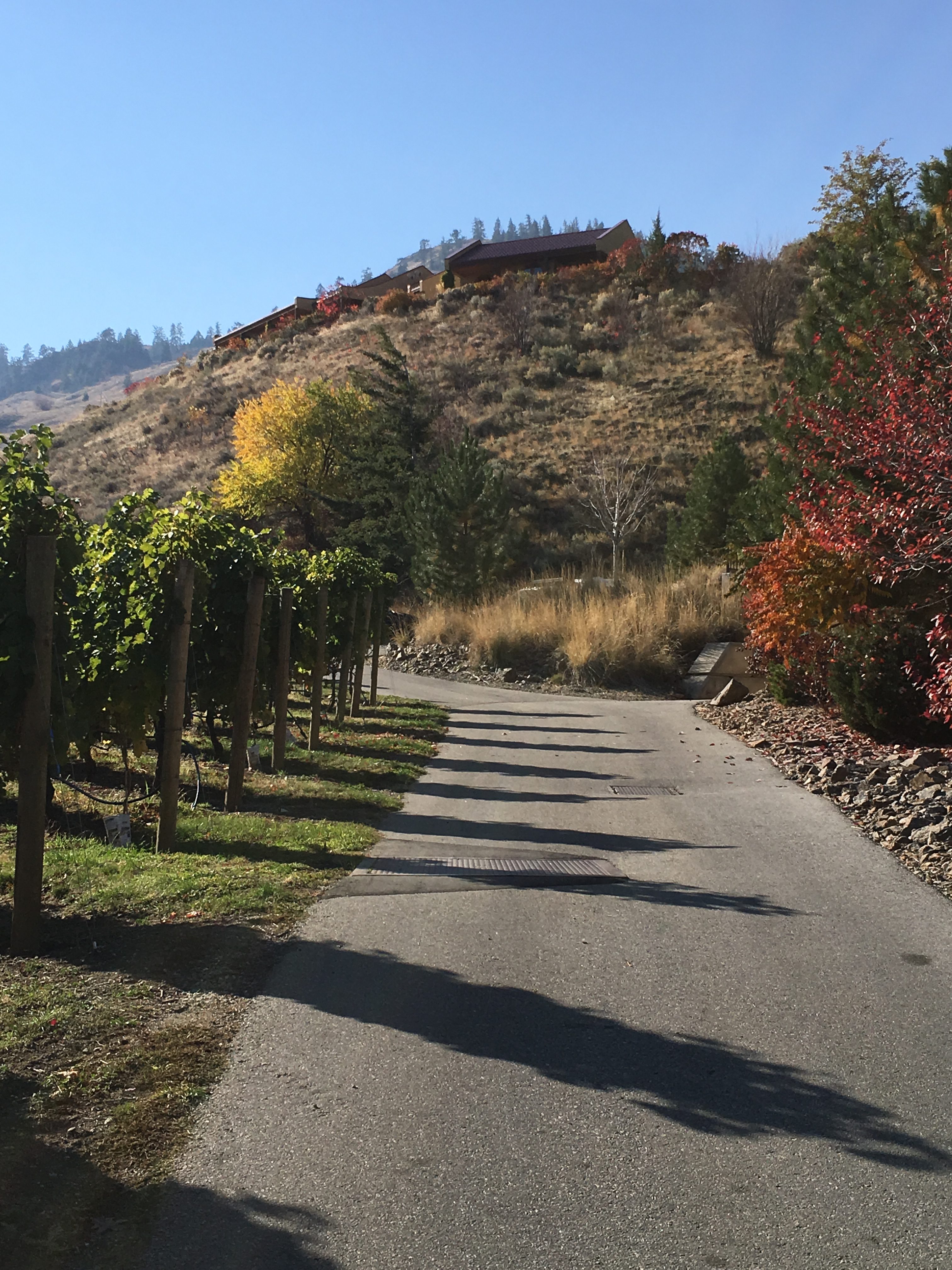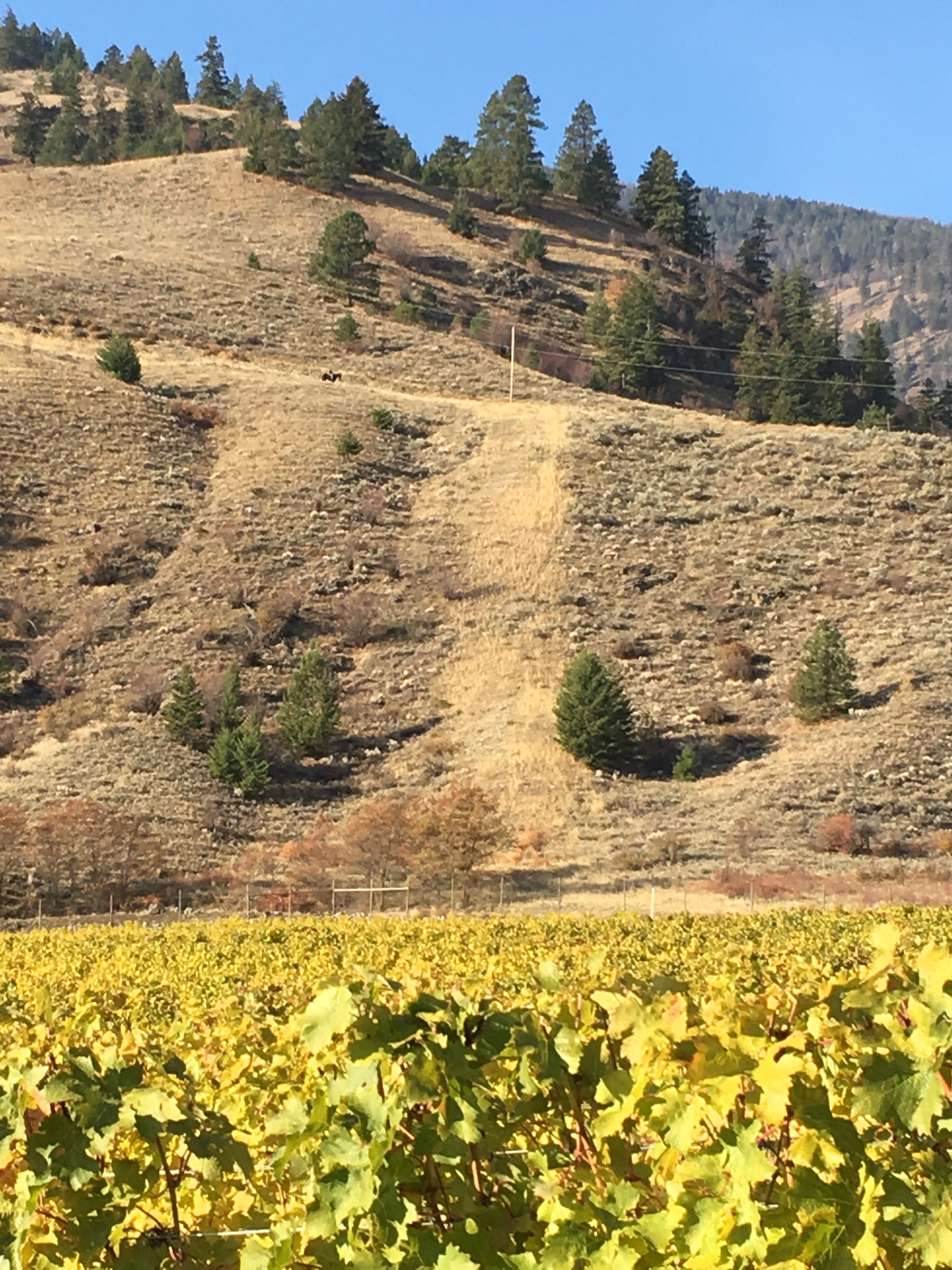As some readers will know, I’m working towards my WSET Diploma, one of the world’s most exacting wine education qualifications. As part of the course, our Diploma class made a two-day visit to British Columbia’s Okanagan Valley this past weekend, visiting multiple wineries. I know, it’s a tough job, but someone has to do it…
The wineries we visited and the people we met were, without exception, very hospitable and generous with their time, and each provided us with a different perspective on the burgeoning Okanagan Valley wine scene. And burgeoning it certainly is, with so much going on and so many new producers, vineyards and wines that it’s almost breathtaking.
From a standing start just 30 or so years ago when most hybrid and North American vines were pulled out and replaced with classic vitis vinifera (European) grape varieties in response to NAFTA opening up the domestic market to US wines, the valley has gone from strength to strength. And it’s still evolving. New varieties are coming into maturity, new viticultural and winemaking techniques are being investigated, and – most importantly perhaps – new vineyards are being developed on optimum sites that have never had vines planted there before. This reflects the ongoing intensive exploration and ever-increasing understanding of the valley’s different sub-regions. Only two sub-appellations (or sub-Geographical Indications [sub-GIs] as they’re called by the bureaucrats) have so far been approved in the entire valley, with the Okanagan Falls sub-GI just recently joining the Golden Mile Bench sub-GI. The Okanagan wine industry is still a work in progress, and it’s an exciting time to visit the region.
Our stops – all pre-arranged by Fine Vintage Ltd which offers the WSET Diploma course here in Vancouver – ranged from smaller boutique producers such as Culmina, Tantalus and Le Vieux Pin to well-established mid-sized wineries such as Hester Creek and Quails’ Gate, to the impressively large and well-capitalized Mission Hill, whose stunningly designed winery sits in isolated splendour atop its West Kelowna hill while its spectacular barrel maturation cellar hides beneath it. As someone remarked, Mission Hill is the engine that pulls the Okanagan Valley wine train. Some engine.
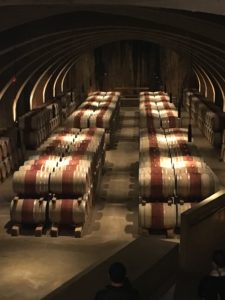
Each of these wineries has its own philosophy and approach to growing grapes and making wine, and I found the different perspectives fascinating and educational. Which of course was the point for those of us studying for the Diploma.
While it’s true that comparisons are invidious, and each of these approaches has its rightful place in the Okanagan Valley wine industry firmament, I did find myself drawn to certain wines and winery practises more than others. So, without meaning to offend any of our generous hosts, I’ll just say that walking the vineyard rows on Culmina’s Golden Mile bench in the crisp morning sunlight and tasting their wines (in particular the Grüner Veltliner and Cabernet Franc), along with an al fresco tasting of various Syrahs with French winemaker Severine Pinte outside Le Vieux Pin’s tiny winery building in the late afternoon sun, were two highlights of the weekend for me.
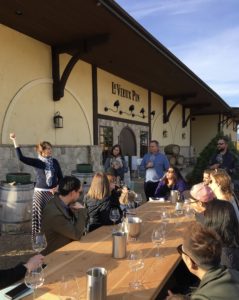
Our lunches at Quails’ Gate and Hester Creek were both delicious experiences, washed down with some of their best wines.
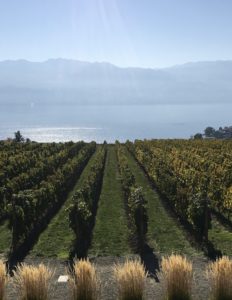
Not everyone can visit the Okanagan as part of the WSET Diploma course, but however you get there and whatever your level of wine knowledge, you will not be disappointed, and are guaranteed a warm welcome by some of the New World’s most exciting wineries. I’ll raise a glass of BC wine to that.
